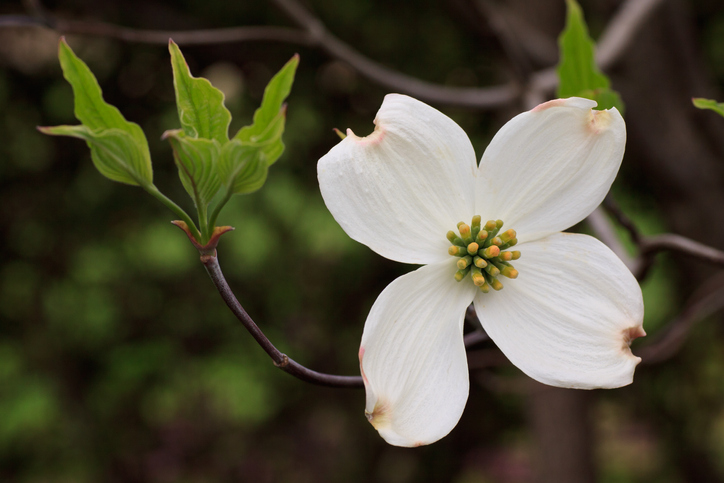Getting Green
In the Pacific Northwest, we love our trees. Many of us are transplants from other states that moved here partially due to the beautiful stretches of greenery that line our cities and hiking trails. We love our trees so much that locally, trees are legally protected during construction projects.
On your next walk, take a look around and see how many of these common, native giants you can spot – or, download and print our Nature Scavenger Hunt Guide here. If you’re interested in learning more about protecting our native plants, visit the City of Bellevue Parks and Community Services Department.
Pine
Pines generally are made up of many branches growing out of a center trunk. When you’re looking for a Pine, search for bundled needles instead of leaves and hard, woody cones that hang directly from branches.
Tip: Pines come in all shapes and sizes, so just because one might be thin and tall and another is round and wide, they can both still be pines!
Cedar
Cedars grow broad and in a pyramid shape. They have bundled needles instead of leaves and their bark is usually somewhere between brown and grey. Some cedars have “scaly” needles that look like thick needles covered in a braided pattern. Cedar cones are barrel shaped and can hang by themselves or in pairs.
Tip: As cedars grow big and healthy, their branches tend to grow broad and the distance between needles get bigger, making them look less full than most evergreens.
Pacific Dogwood

Dogwood leaves grow in pairs on opposite sides of each branch. As the trees grow tall, the branches grow in horizontal layers with leaves that are oval-shaped with pointed tips. Their bark is smooth and in the spring, Dogwoods will bloom and have small, green and yellow flowers surrounded by pink and white bracts.
Tip: If you’re searching for a dogwood in spring or summer, don’t forget to look on the ground! This popular tree grows bright red oval fruits that can easily be spotted when they fall.
Paper Birch and White Birch
Our native birch trees have several trunks, all coming from the same root system in the ground. Their bark is usually white, or a cracking grey color that shows white between the ridges and looks like it’s “peeling off.”
Tip: Birch trees’ leaves fall once a year, but when they’re on the branches they grow singly along the stem and are “whole” meaning they aren’t divided into leaflets.
Oak
Divided into red oaks and white oaks, these trees have scaly bark that’s usually dark grey or brown. Oaks grow special leaves that are long and consist of several rounded knobs coming from a center line. Oak trees don’t have cones, instead, they have acorns inside of a shell.
Tip: Oak trees keep their leaves year-round and in the winter, they turn brown. It’s easy to pick out an oak tree in the fall because they’ll look dead but still have most of their leaves



